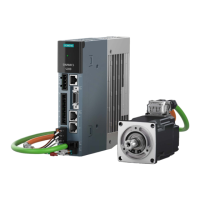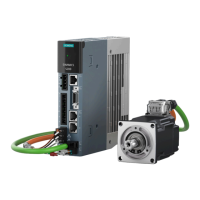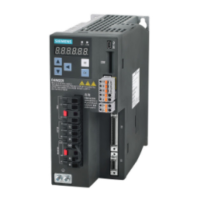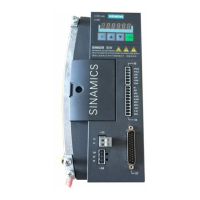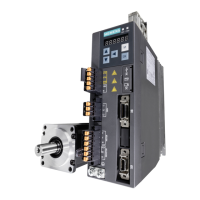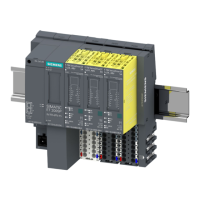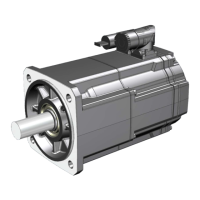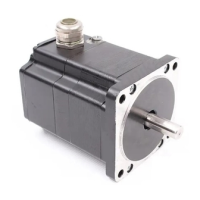Procedure
1. Determine the load which is specified by the application.
Use different characteristics for the different loads.
The following operating scenarios have been defined:
– Duty cycle with constant ON duration
– Free duty cycle
2. Determine the characteristic torque and speed operating points of the motor for the defined
load.
3. Calculate the acceleration torque of the motor.
Add the load torque and the acceleration torque to obtain the maximum required torque.
4. Verify the maximum motor torque with the limiting characteristic curves of the motors.
The following criteria must be taken into account when selecting the motor:
– Adherence to the dynamic limits
All speed-torque points of the load event must lie below the relevant limiting
characteristic curve.
– Adherence to the thermal limits
At average motor speed, the effective motor torque must be below the S1 characteristic
(continuous operation) during the load.
You have specified a motor.
Duty cycles with constant ON duration
For duty cycles with constant ON duration, there are specific requirements for the torque
characteristic curve as a function of the speed, for example:
M = constant, M ~ n
2
, M ~ n or P = constant.
Figure 3-8 S1 duty (continuous operation)
The drives with this load cycle typically operate at a stationary operating point.
Configuring
3.3 Configuring the motor
SINAMICS S210 servo drive system
Operating Instructions, 12/2017, A5E41702836B AA 47
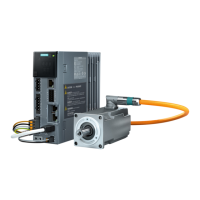
